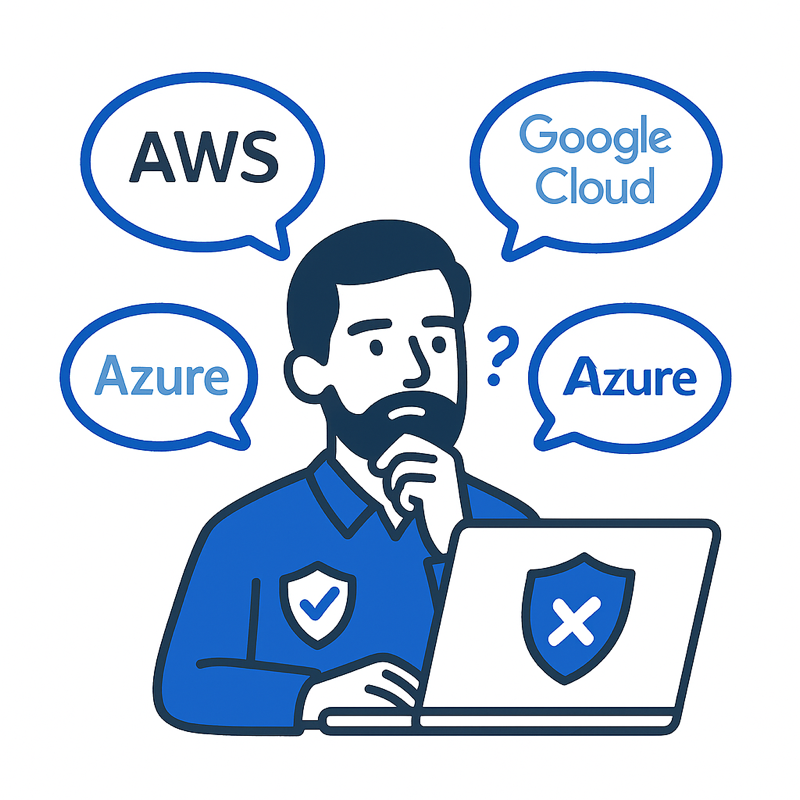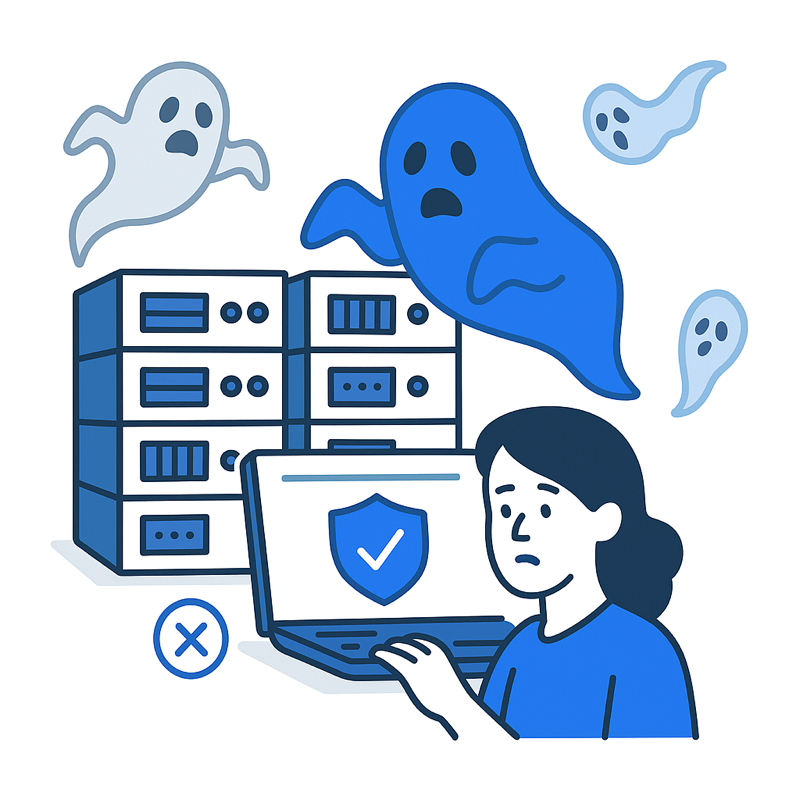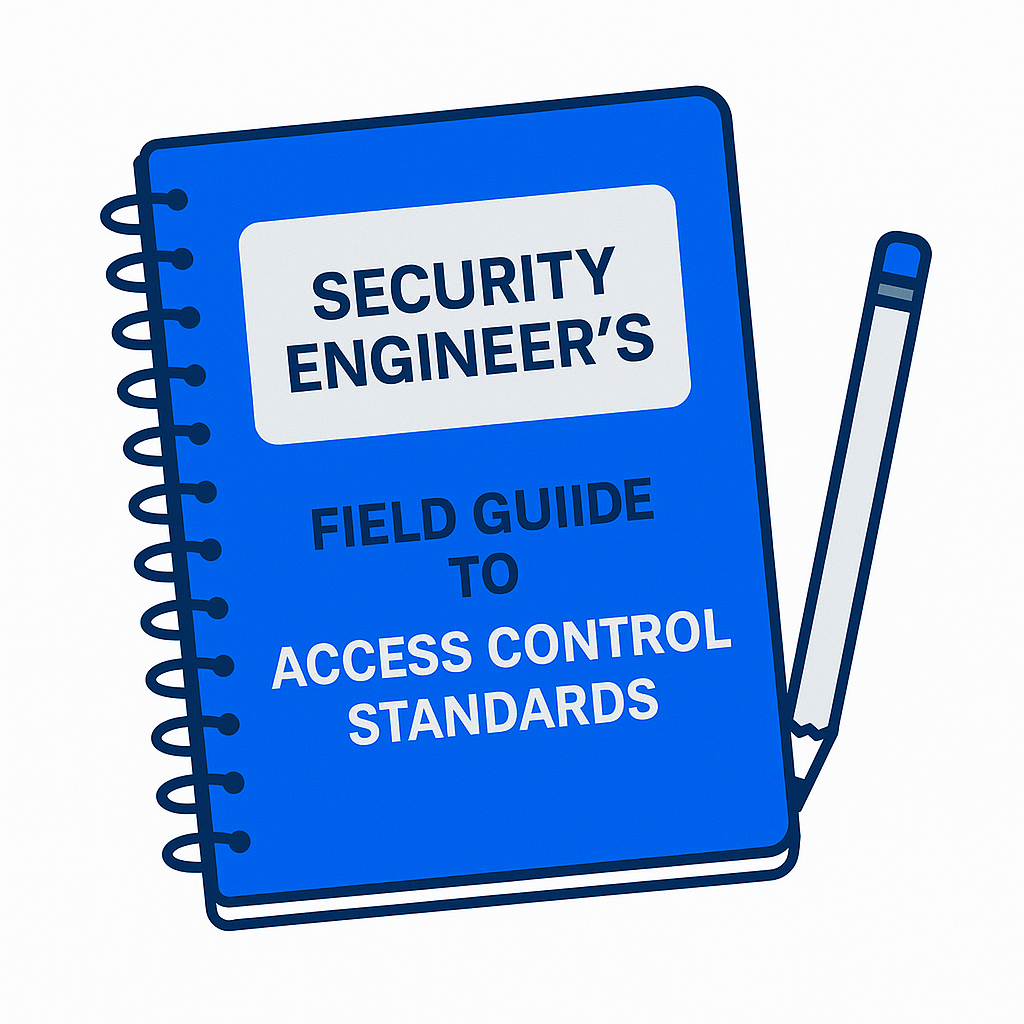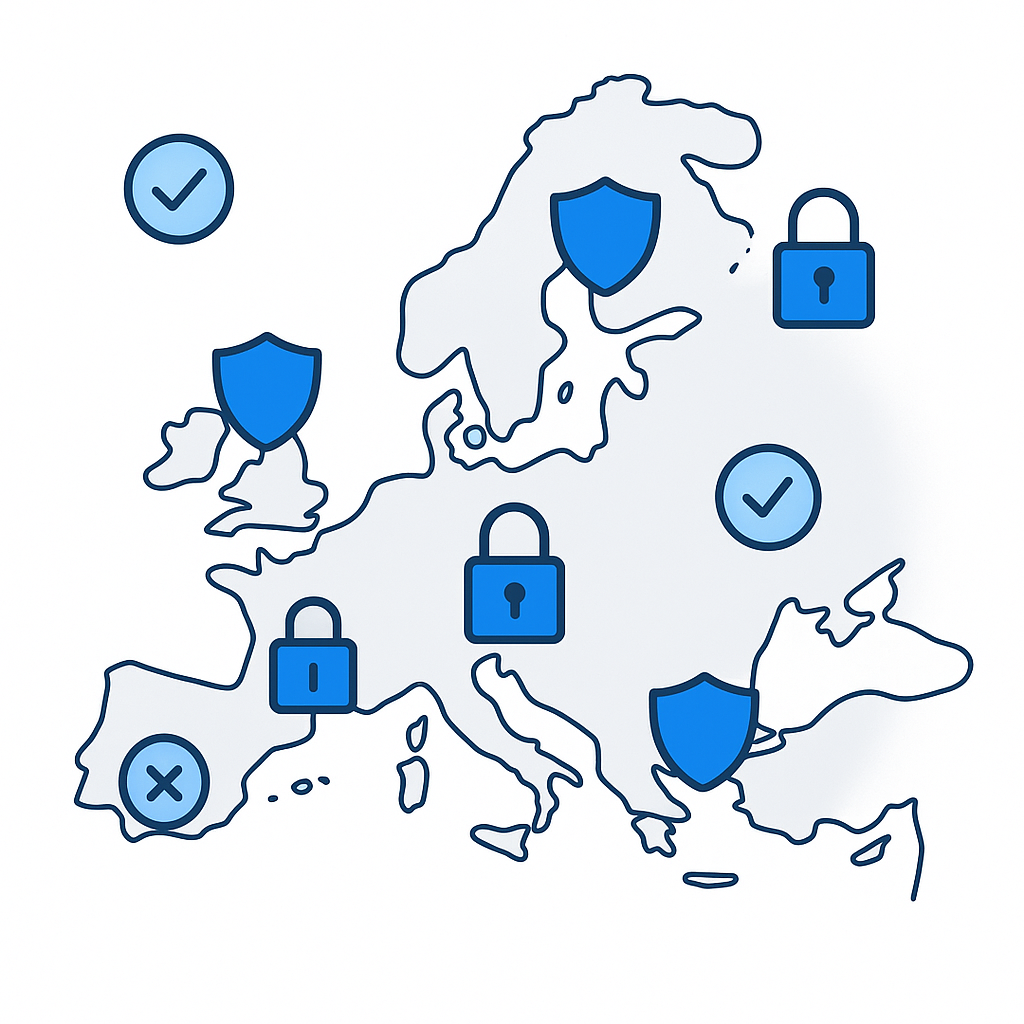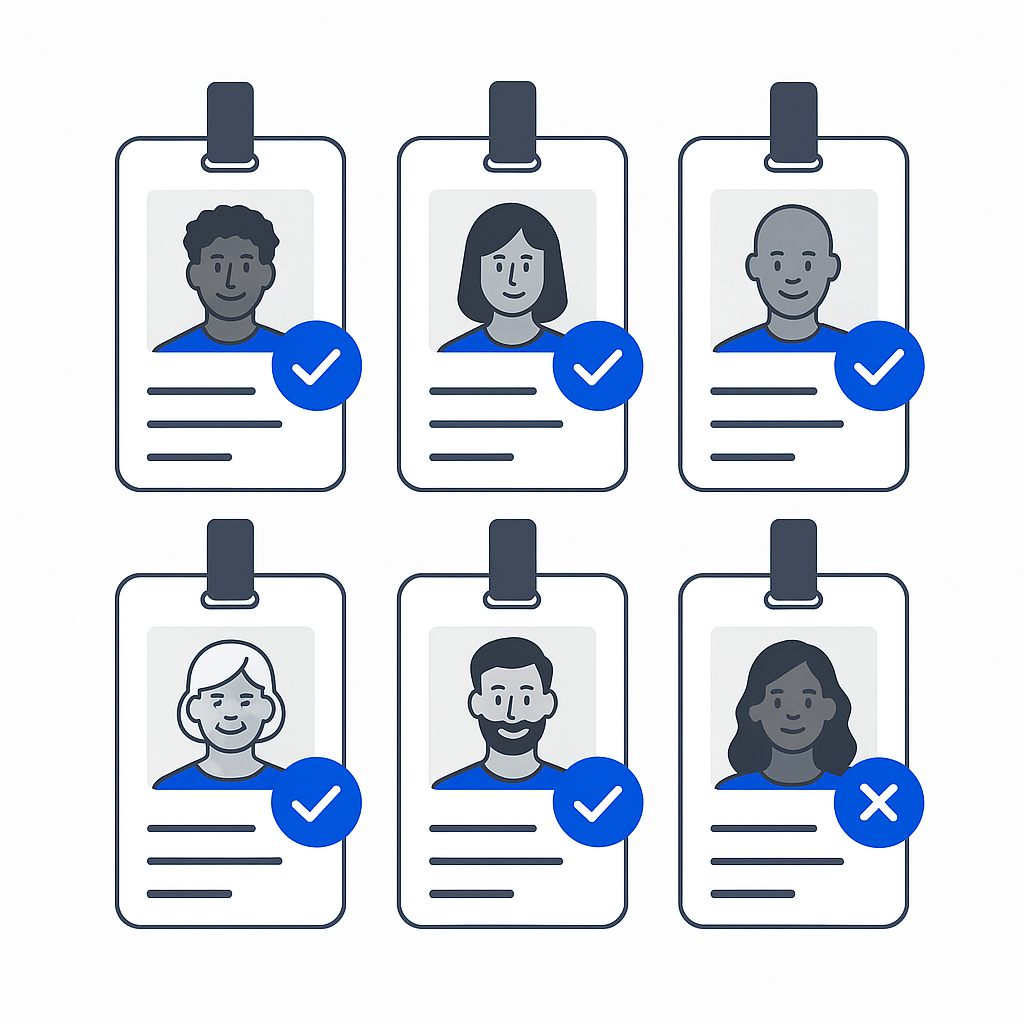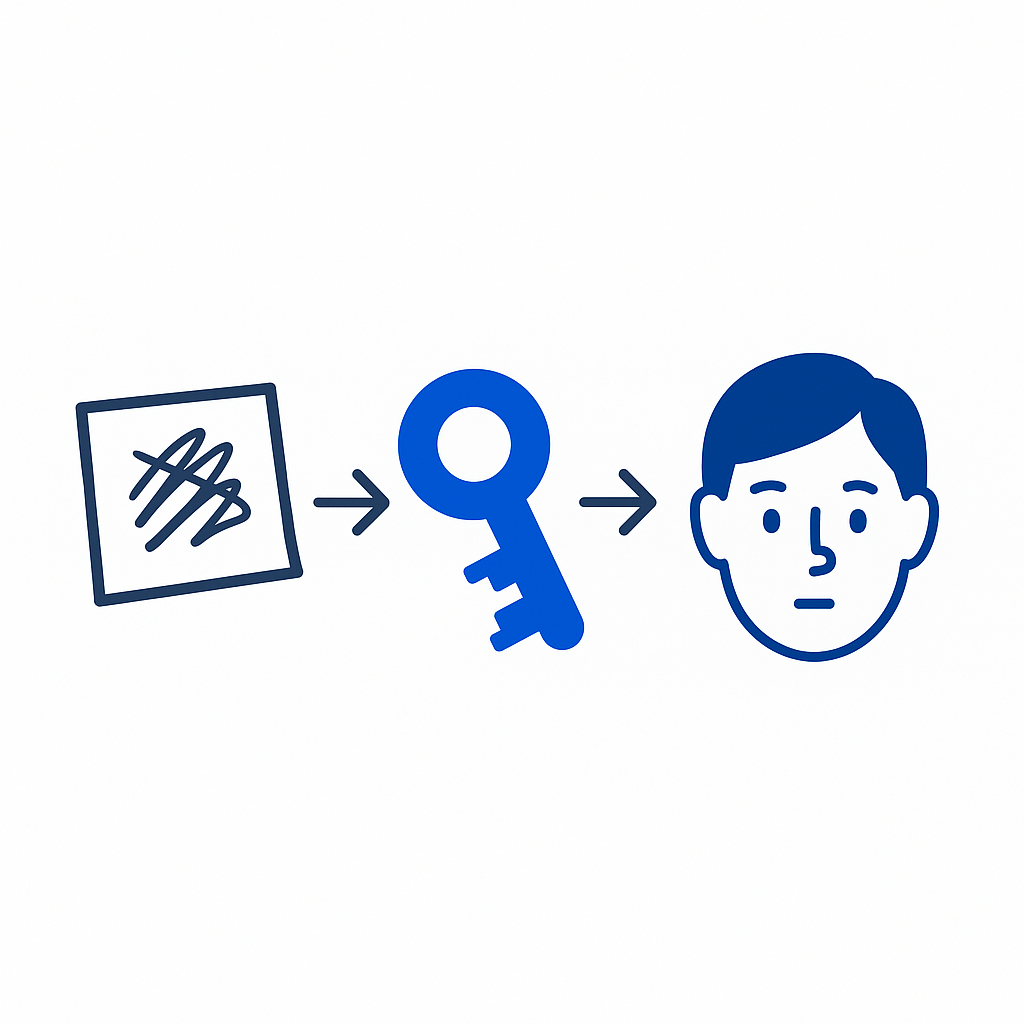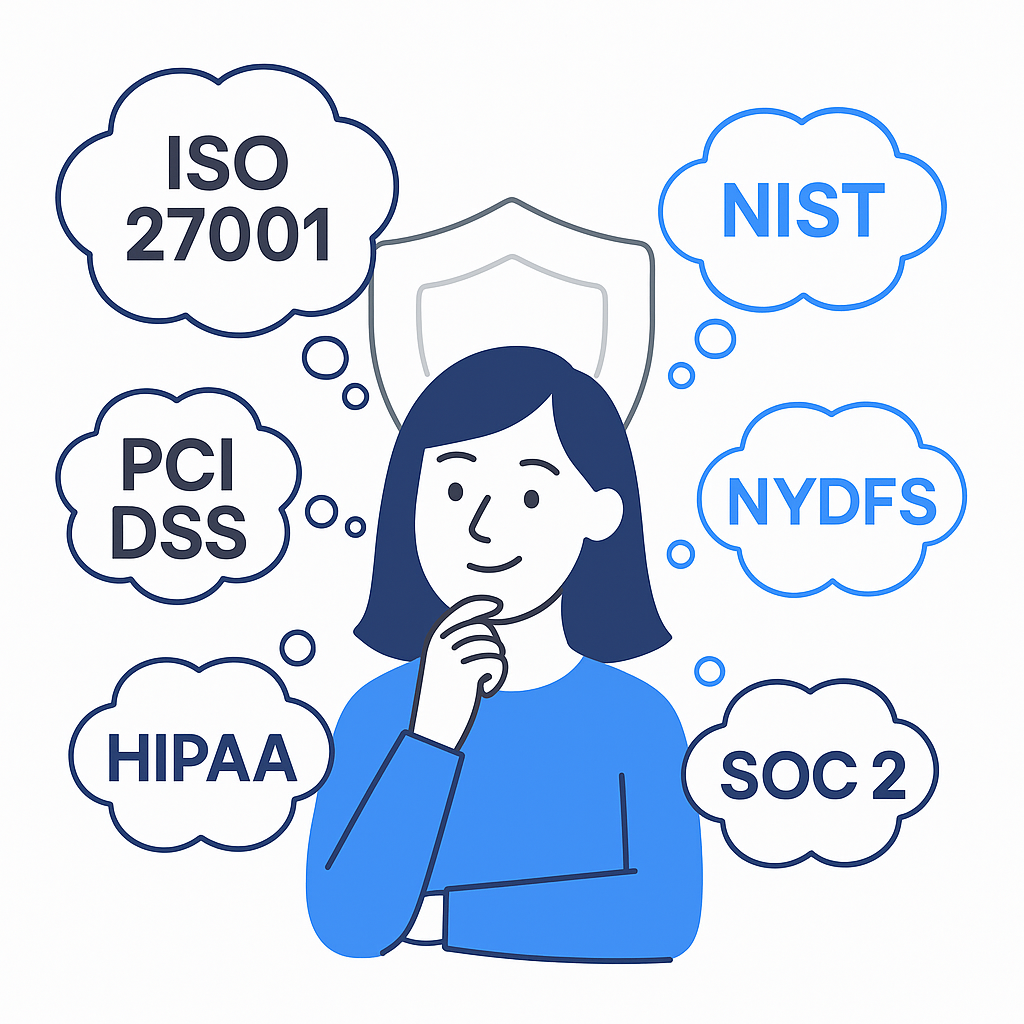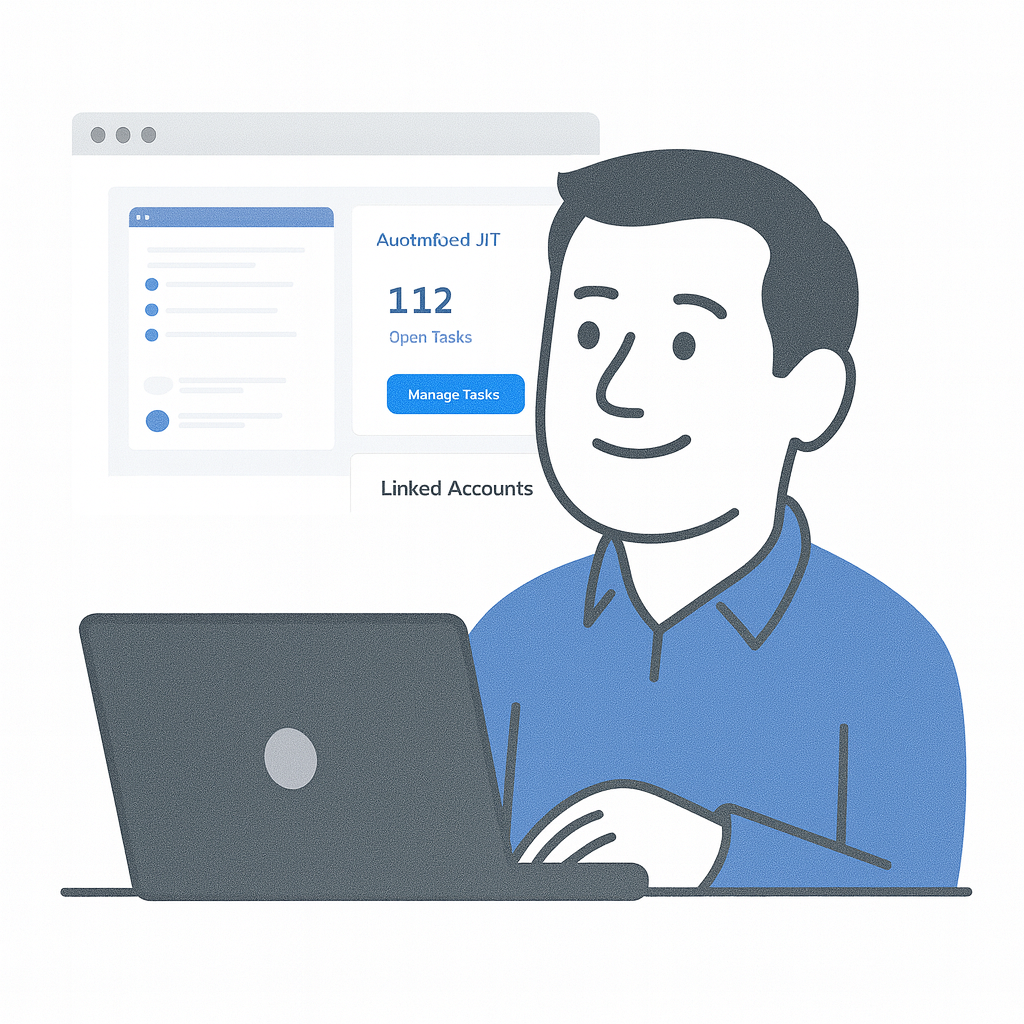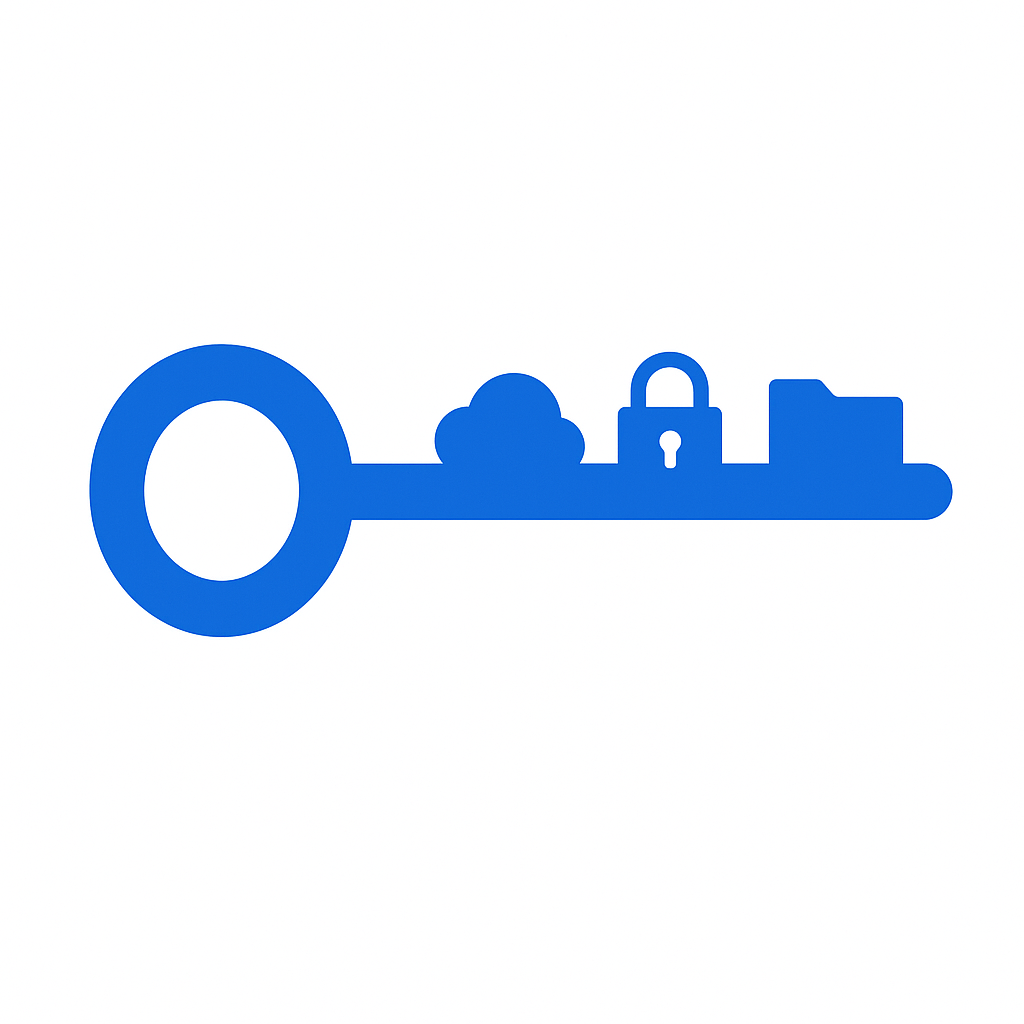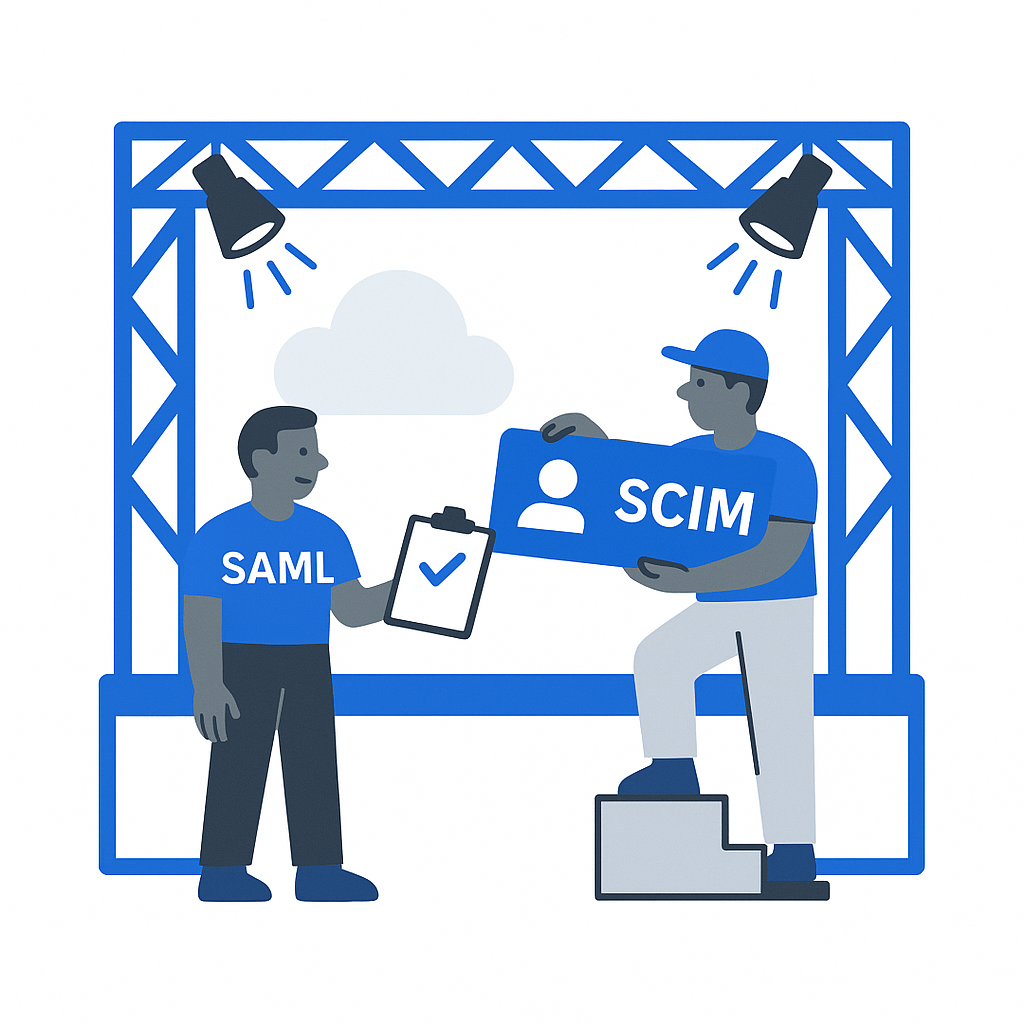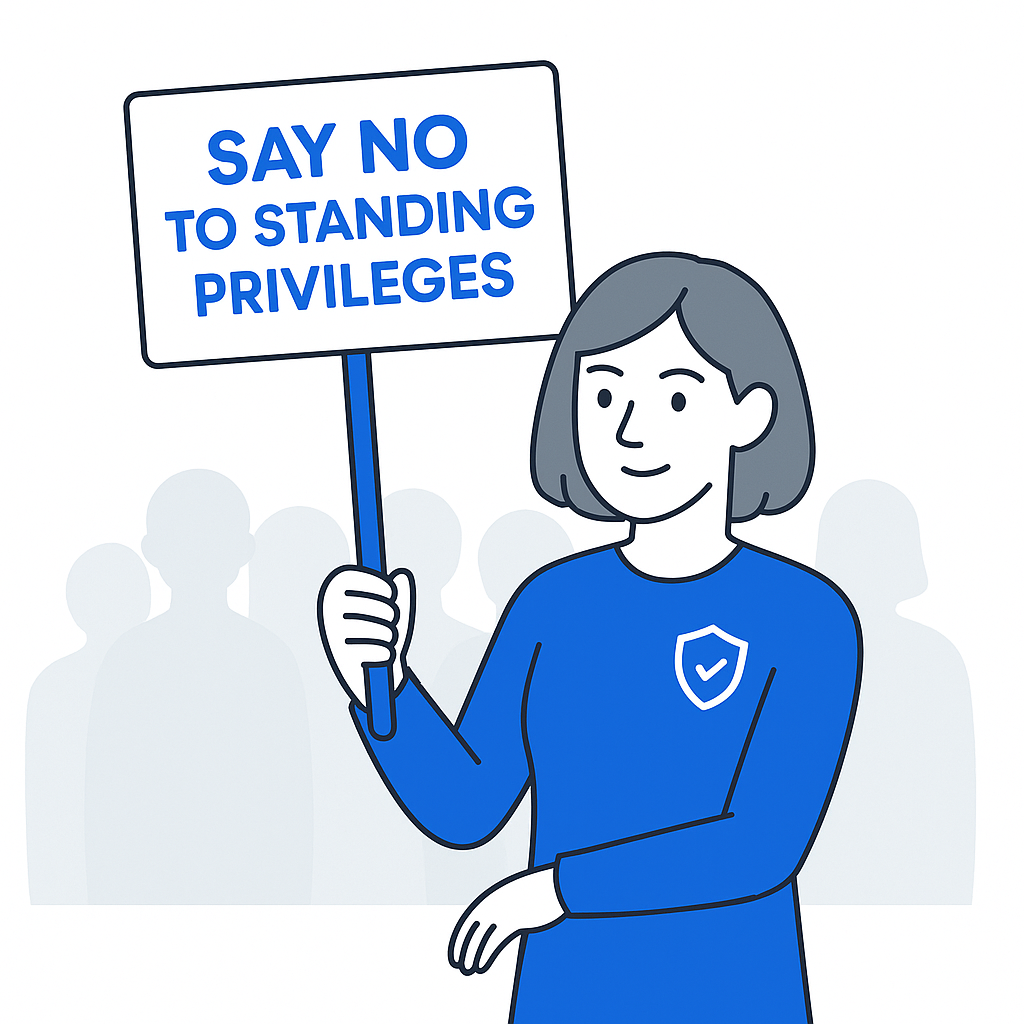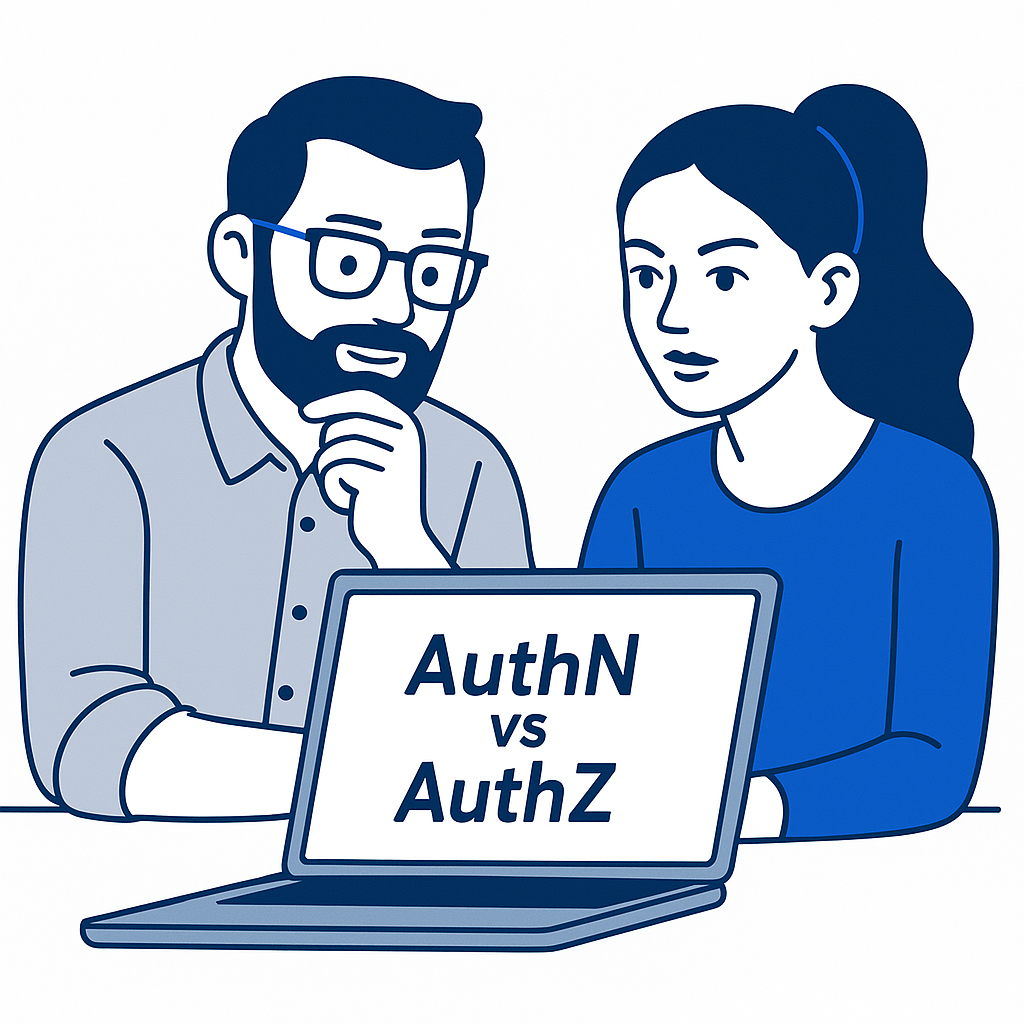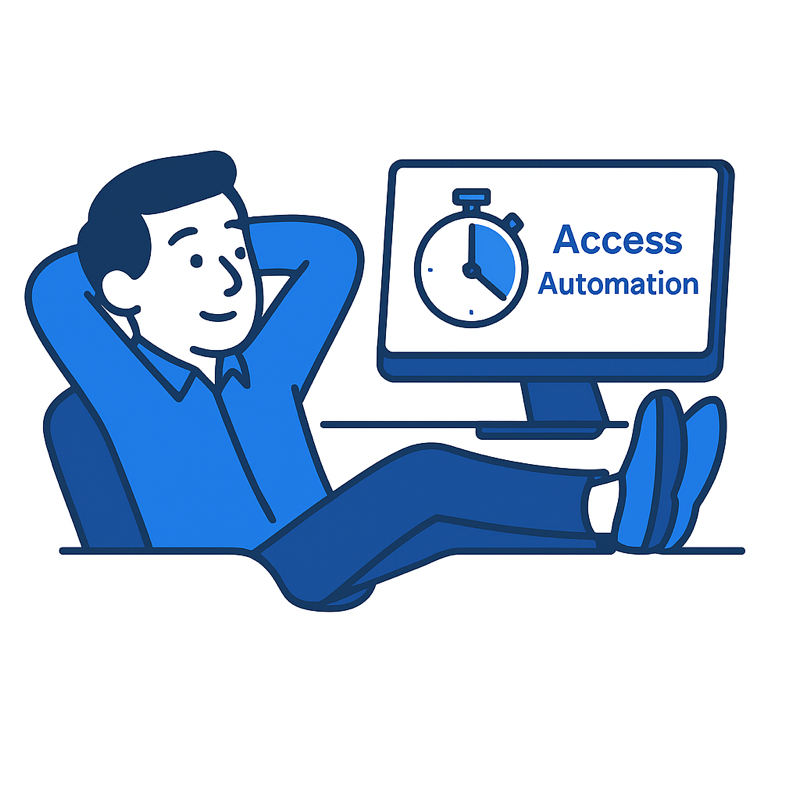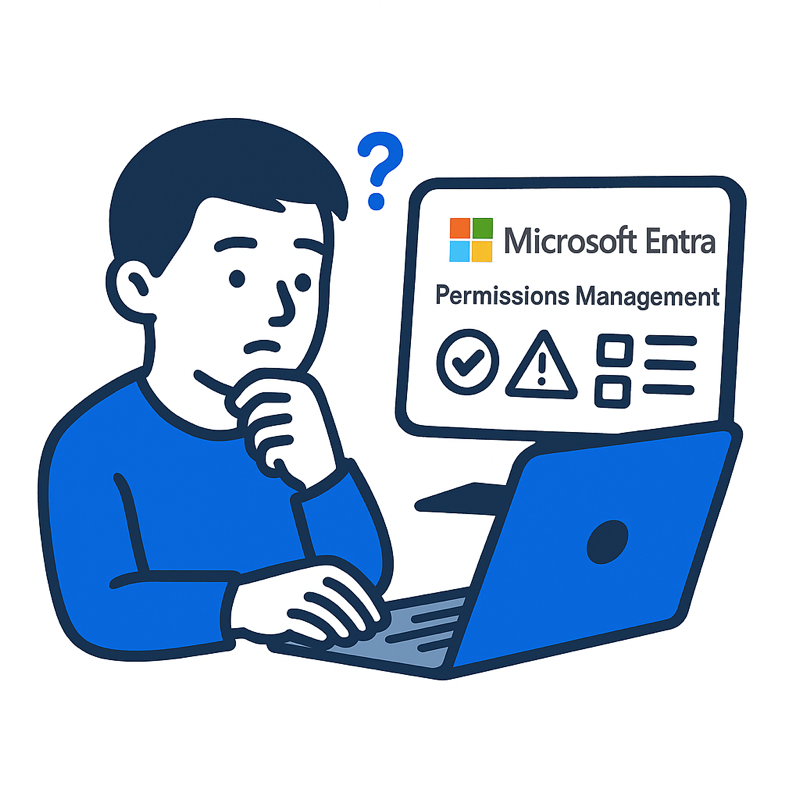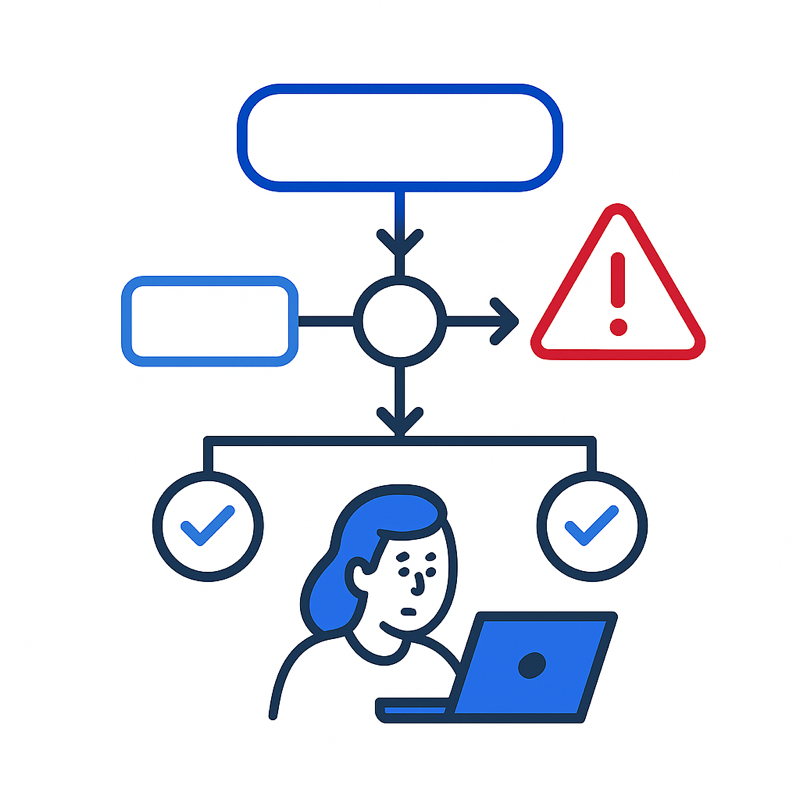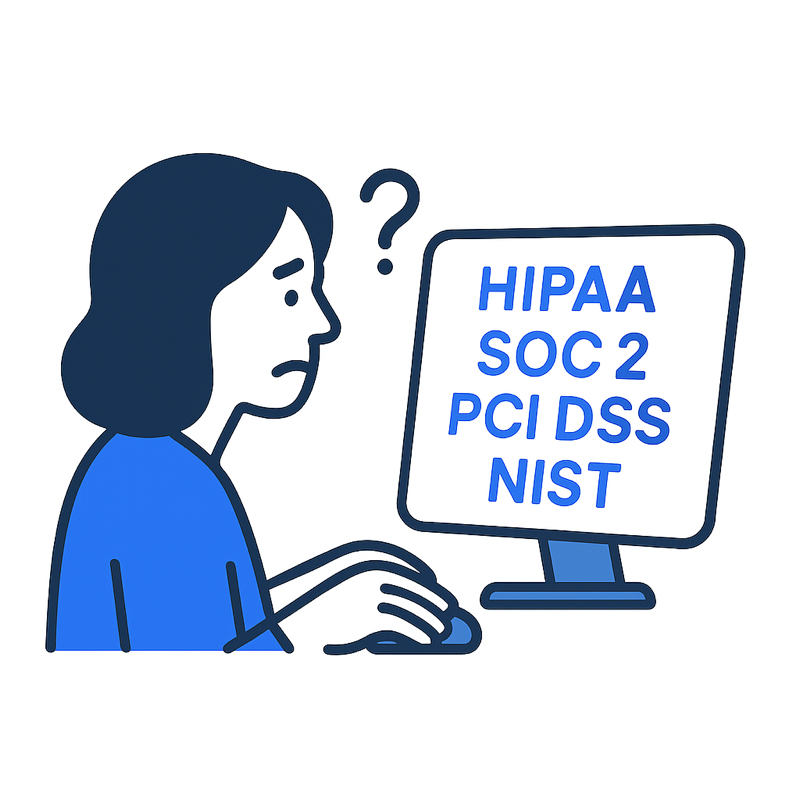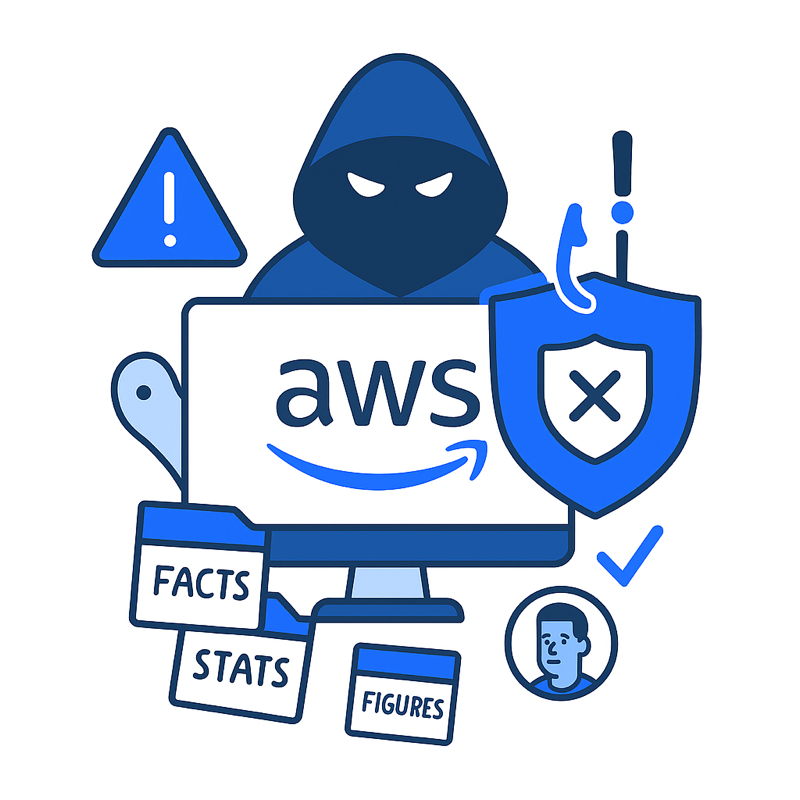Zero Standing Privileges
Why “Always-On” Access Is Always a Bad Idea
If you’ve ever left your keys in your car overnight, you’ll know that sinking feeling in the morning. Now imagine those keys unlocked your entire business. That’s what standing privileges do every single day, quietly sitting there, waiting for someone (anyone) to use them.
Zero standing privileges (ZSP) flips that on its head. Instead of permanent, admin-level access hanging around “just in case,” you grant privileged rights only when someone needs them, only for as long as they need them, and then take them away automatically.
It’s beautifully simple. And, like most beautifully simple ideas, it’s game-changing.
The Issue With Standing Privileges
Cloud environments aren’t short on permissions. AWS, Azure, and Google Cloud come with thousands of them. Roles, policies, conditions, exceptions, layered like filo pastry, worthy of Gordon Ramsay.
Over time, accounts accumulate unnecessary privileges, often for jobs they no longer do. Maybe they were granted in a hurry during an incident or a project wrapped months ago, and nobody cleaned up. And just like that, your attack surface grows.
Threat actors love these accounts. If they can phish, brute-force, or buy their way into a privileged account that’s “always on,” they’ve got a golden ticket. No alarms. No waiting.
ZSP and Compliance: A Match Made in Auditor Heaven
If you’ve dealt with international cybersecurity standards like ISO 27001, SOC 2, PCI DSS, HIPAA, or NIST 800-53, you know the drill. Privileged access must be strictly controlled, regularly reviewed, and revoked when it’s no longer needed.
ZSP makes compliance not just possible, but painless. There are no “always-on” admin accounts to justify, no awkward audit meetings where you scramble to prove someone hasn’t abused a role they shouldn’t have kept.
Instead, you’ve got a clean, time-stamped record of every request, approval, and revocation. Auditors love that. So do security teams.
Why It’s Not Just About Security
Yes, ZSP shuts a big door in an attacker’s face, but it also keeps your day-to-day operations sane.
Without it, privileged access is often chaotic: requests scattered across emails and Slack threads, half-remembered approvals, and a graveyard of forgotten permissions.
With ZSP, you get:
- Clarity: One place to request and approve access.
- Speed: Approvals that don’t hold up work.
- Control: Automatic revocation without human follow-up.
Your devs, ops, and engineers still get what they need, but without the long-term baggage.
Native Tools Are a Start, Not a Solution
Sure, the big three clouds can do time-bound access.
- AWS IAM lets you spin up temporary credentials via STS, but good luck building smooth approval workflows without custom scripts.
- Azure Entra ID has PIM for JIT access, but it stops at Microsoft’s door. Cross-cloud? Not so much.
- Google Cloud provides a solid foundation for access control, but it’s just the start. For organizations needing advanced, tailored IAM completions, like enhanced privilege workflows, workflow automation, or finer policy enforcement, they need additional offerings to round things out fully.
The parts exist, but knitting them together into a seamless, cross-cloud ZSP setup is fiddly, time-consuming, and, if we’re being honest, rarely a priority until after an incident.
Where Trustle Comes In
We take the “how” problem out of ZSP with practical access management features.
Instead of juggling three different admin consoles, you get:
- One dashboard to see every privileged account across AWS, Azure, and Google Cloud.
- One process for requesting and approving access, built into Slack or Teams.
- One timer that revokes access automatically, every time.
- One set of logs that’s audit-ready without you lifting a finger.
Plus, it constantly scores and flags risky accounts so you can fix problems before they become newsworthy.
ZSP stops being a project you keep meaning to get around to. It becomes how you work every day.
The Cultural Shift That Pays Off
ZSP isn’t just a technical control. It’s a statement: “We take least-privilege seriously.”
When one compromised admin account can cost millions, it’s not enough to say “we review access quarterly.” You need proof, automation, and a process that’s as easy for your engineers as it is reassuring for your auditors.
With zero standing privileges, you:
- Shrink your attack surface.
- Remove operational chaos.
- Free up your team to focus on building, not firefighting.
- Simplify compliance.
Closing the Door for Good
If you’re still running with “always-on” admin accounts, you’re essentially leaving the keys in the lock. It might not have caused a problem yet, but when it does, you’ll wish you’d taken them out.
Zero standing privileges, backed by automation, means that the door stays shut. Permanently. And when someone does need to come in, you open it just wide enough, just long enough, and you close it again before the draft gets in.
That’s security that works in practice, not just on paper. And once you’ve tried it, you’ll wonder why you ever did it any other way.



